As someone who tends to be weary of cosmetic products because many contain toxic ingredients and fragrances, I am always looking for ways to swap more natural products into my lifestyle. Recently, beef tallow balm and lotion have been trending online as a natural alternative.
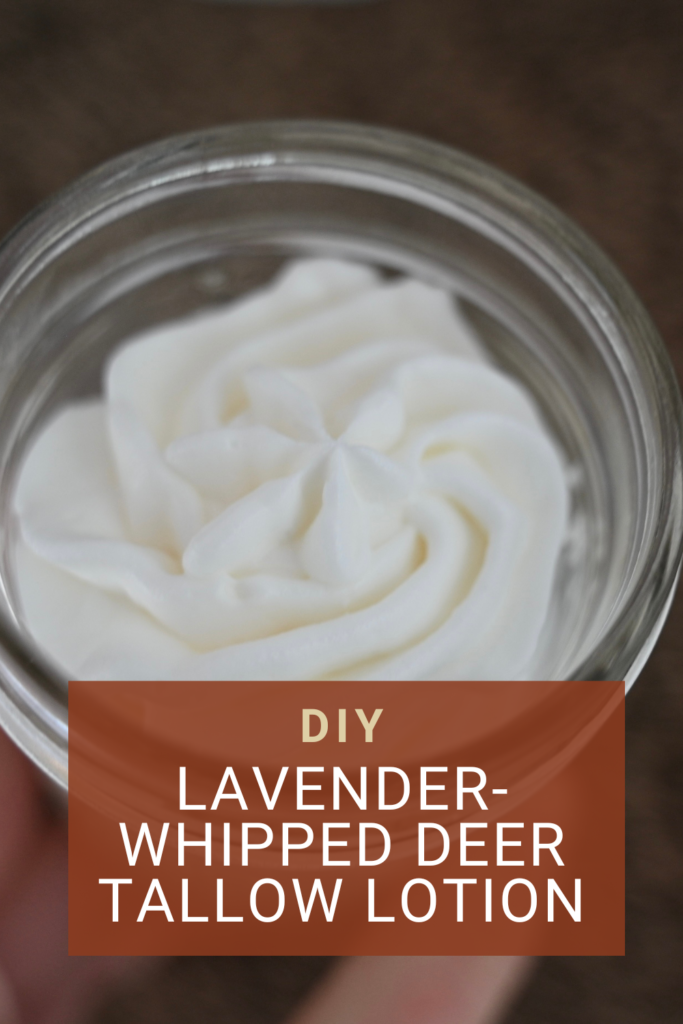
Figuring it would be possible to make a lotion out of deer fat, I started experimenting. After some trial and error, my final product yielded a lotion that rivals anything you can buy at the store. It was a relatively simple process, and it felt good to have utilized more of the harvested animal.
A Few Important Notes
It’s important that the fat you use hasn’t been exposed to air which will make it go rancid. In my case, the whitetail doe I used had been hanging with the hide-on for an evening which protected the fat. Once the fat is removed, it needs to be covered and placed in the refrigerator until rendering.
How to Harvest Deer Fat
There are a few different kinds of fat on a deer. For this, we will not be using any of the fat found inside the body cavity. Instead, use a sharp knife to remove the fat found between the hide and the muscle of the deer. Be cautious to not harvest any glands as they will taint your product. You will find the most fat along the hindquarters. Again, it’s important to get the fat in the refrigerator as quickly as possible.
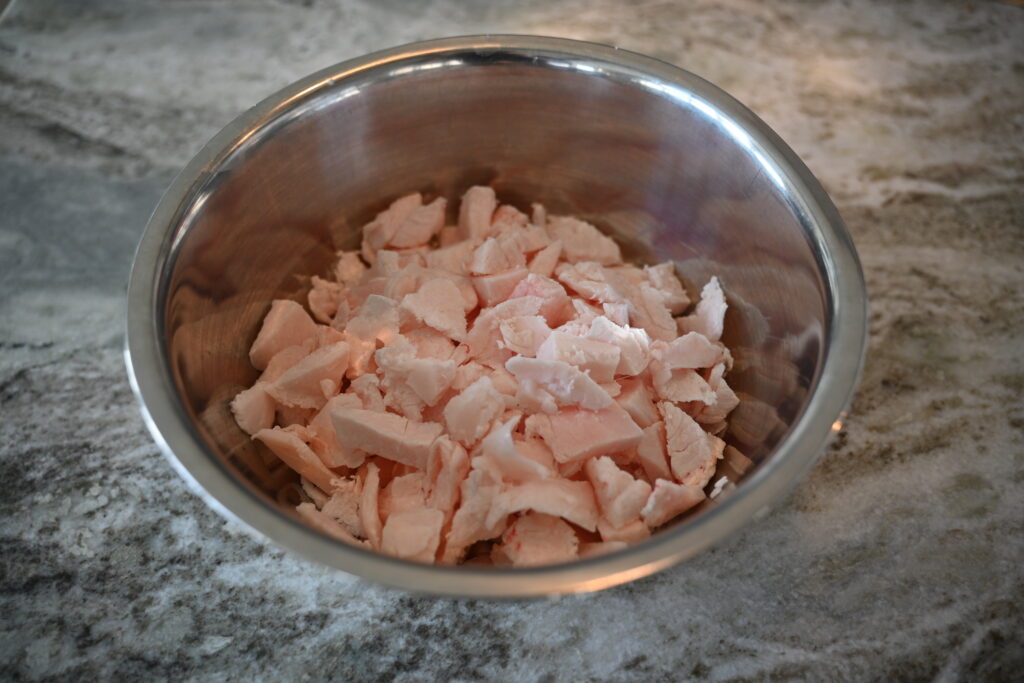
How to Render Deer Fat Into Lotion
To make lotion, your fat will need to be melted down into a liquid in a process called rendering. Rendering removes impurities such as dirt from the fat. Rendered fat is referred to as tallow.
Start with clean fat that is free of hair, debris, and meat. Cut it up into small chunks, and place it into a pot with some water. I used roughly around a cup. Place it on very low heat. I went as low as my stove could go and left it for about 6 hours, stirring occasionally.
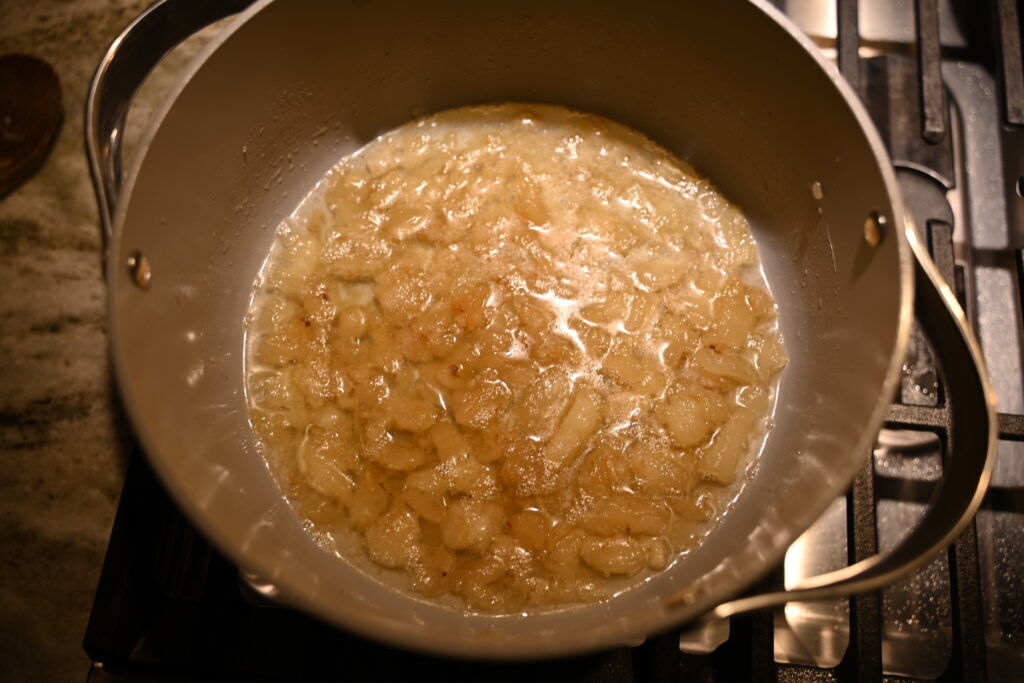
After my initial rendering was complete, I strained my tallow through cheesecloth and a strainer into a bowl. I then added a few cups of water to the bowl. The purpose of this is that the tallow will separate from the water and any impurities that were not strained out will be left behind in the water. I left this covered in the fridge overnight.
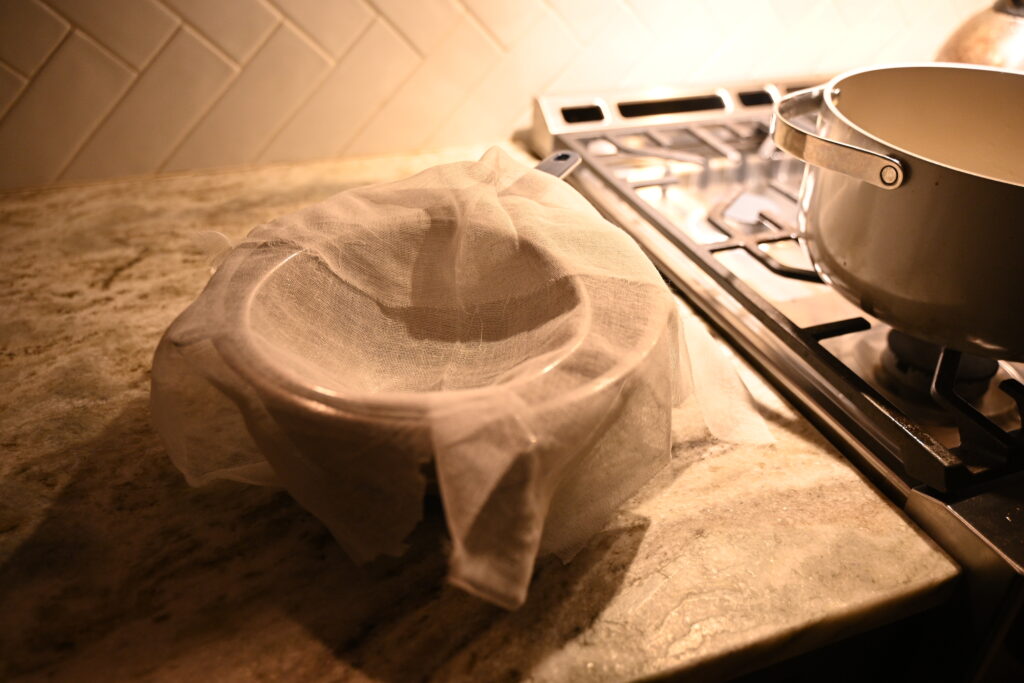
The next step was to do another rendering of the tallow. I removed the block of tallow from the bowl and put it back in the pan with some water. This time I added a generous amount of salt and a little bit of baking soda to purify and deodorize the tallow further. After it simmered on low for a few hours, I poured it back into a bowl and added water. Then it went back to the fridge.
After the tallow had separated from the water and hardened into a block again, I placed it in a metal bowl and sat the bowl in a bath of hot water. I chose to use indirect heat to ensure the tallow didn’t burn along the pan. You don’t want to add any more water to your tallow at this point. As the tallow melted down I added in some coconut oil, about half a cup’s worth but feel free to use more or less.
After the mixture was fully melted, I set it on the counter to cool. Once it had cooled enough that it had just begun to harden and turn white, I added around 40 drops of lavender essential oil and whipped it all together with a hand mixture until it was smooth and fluffy.
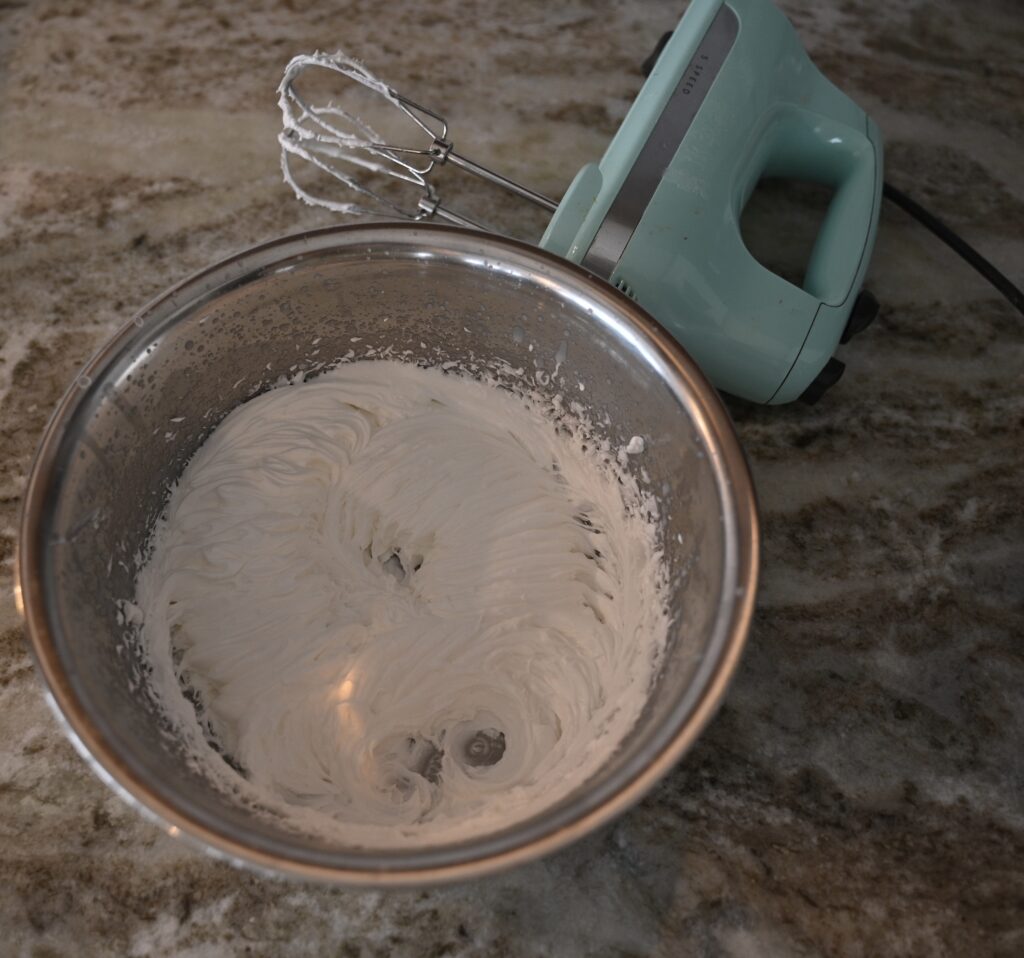
Storing Deer Tallow Lotion
For aesthetics, I spooned my lotion into frosting piping bags and piped the lotion into mason jars. It’s shelf stable for about a year but you can store it in the fridge to extend its life.

The next time you go to chuck the fat on your deer, consider whipping up a batch of this lotion instead. Depending on how much fat you render, you may end up with a few extra jars which can be shared with friends and family!
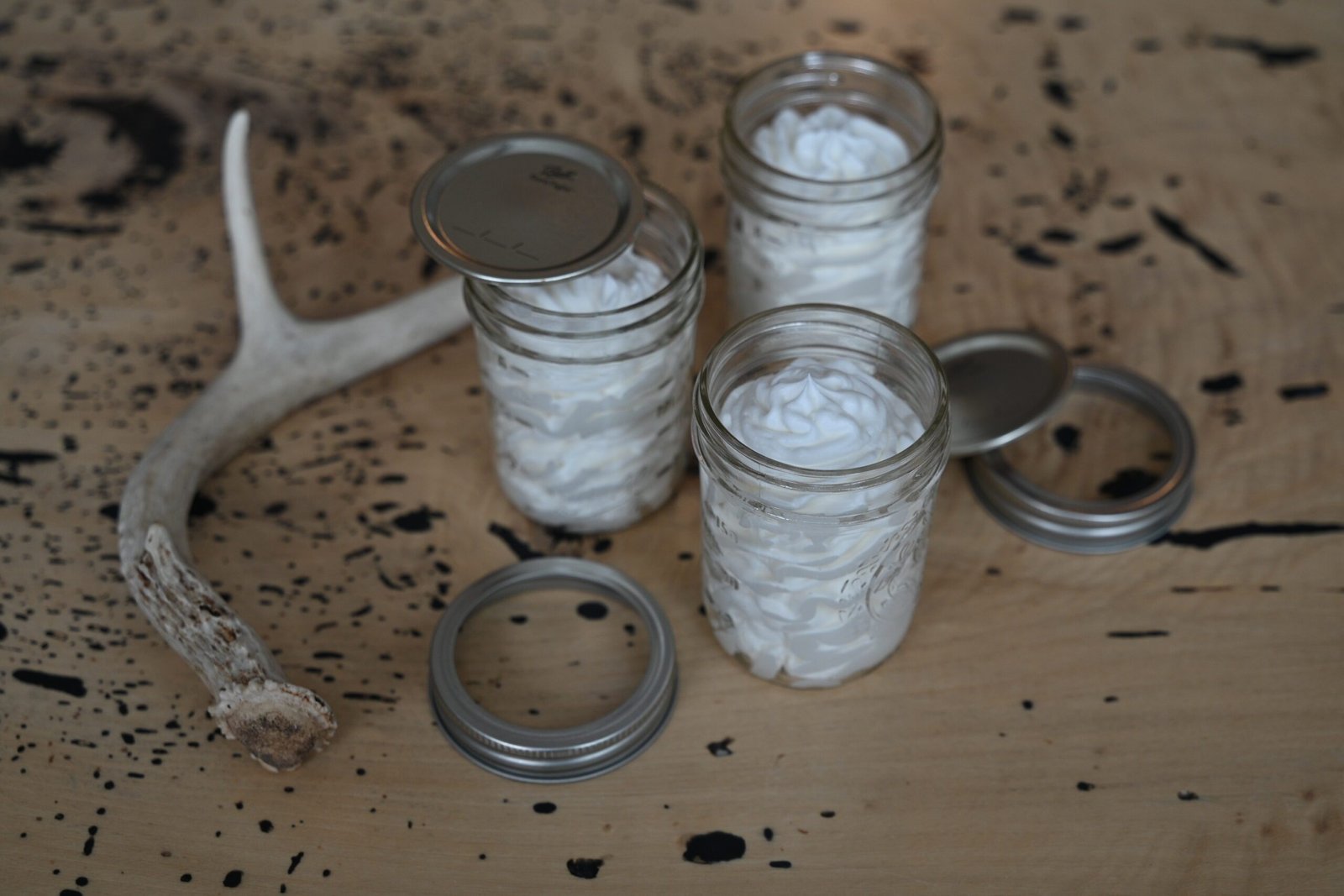
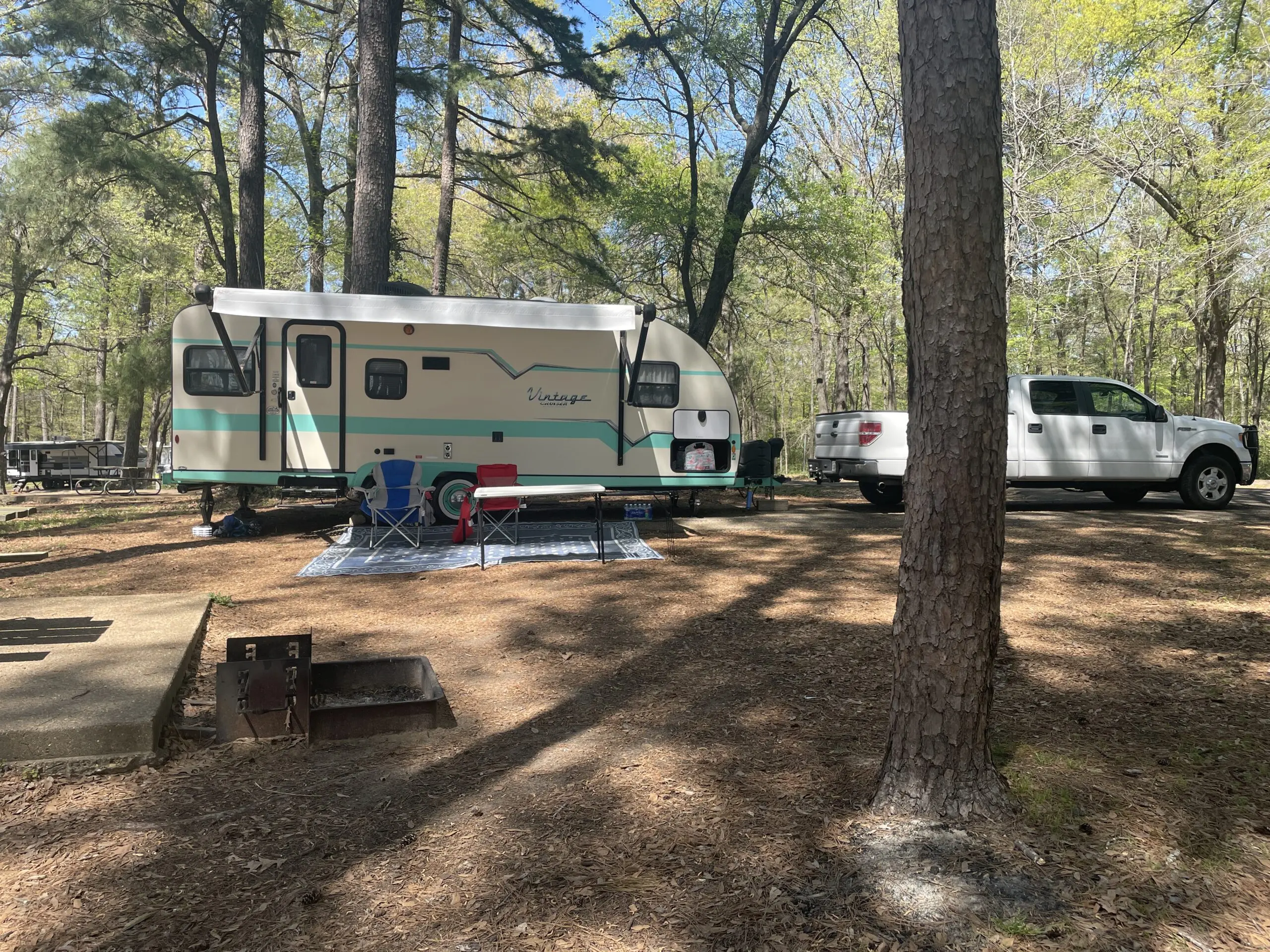
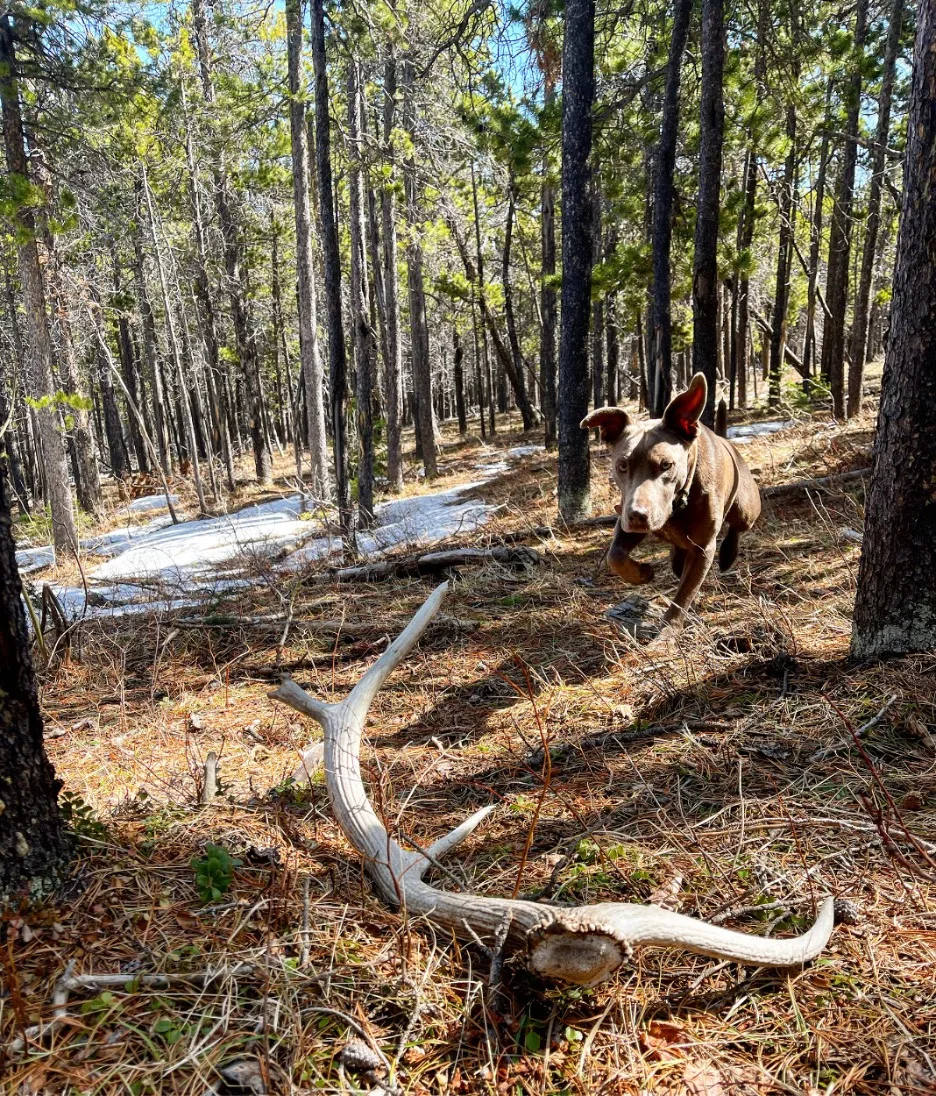
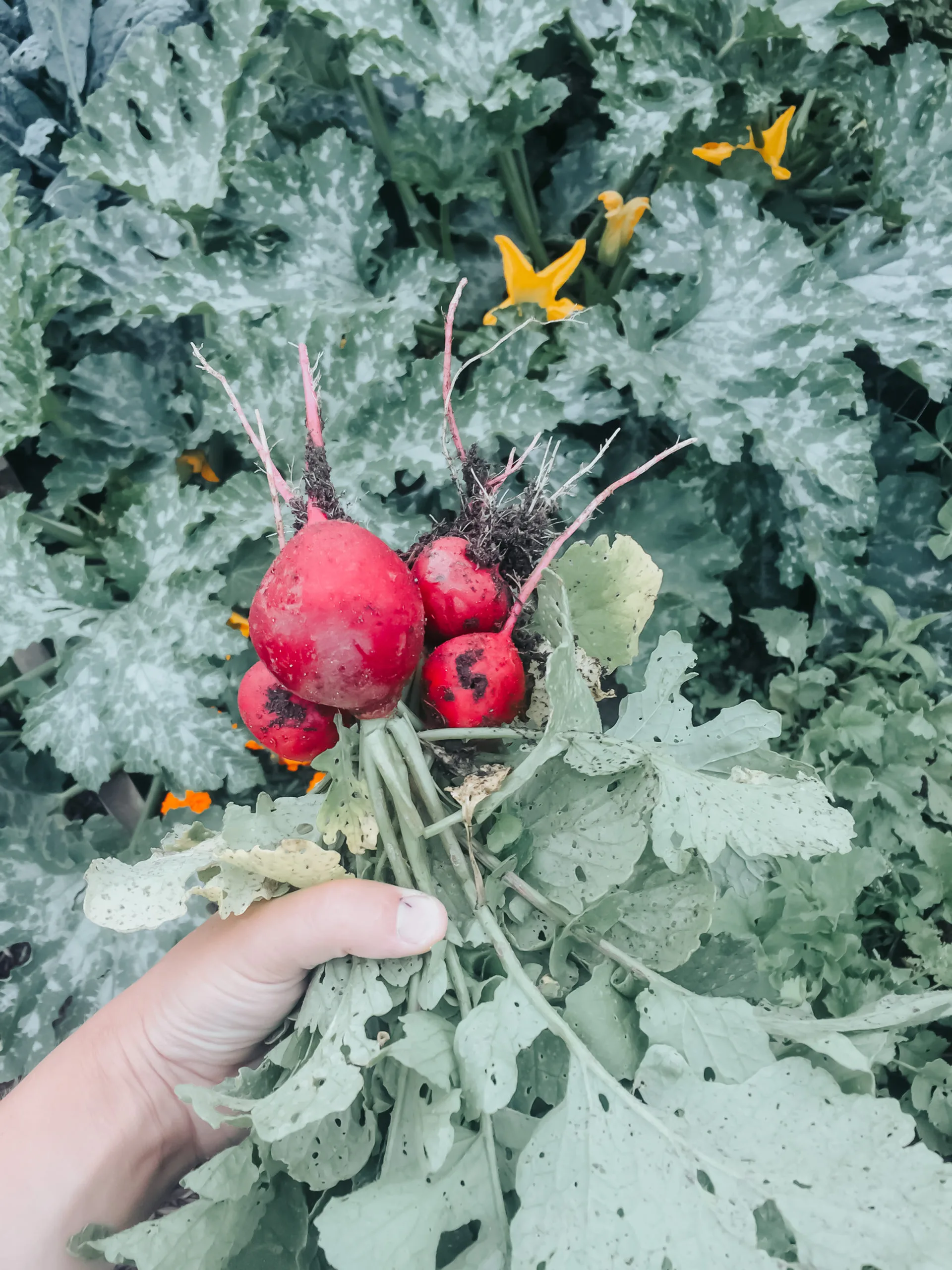
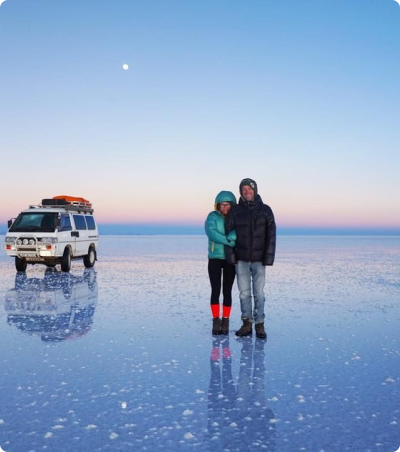
One thought on “DIY:: Lavender-Whipped Deer Tallow Lotion”